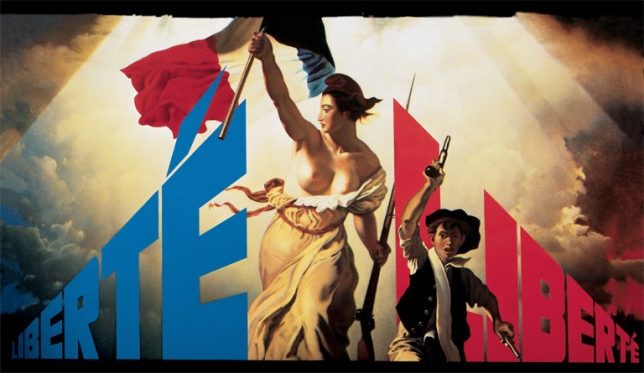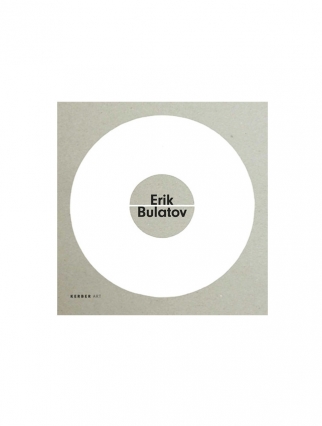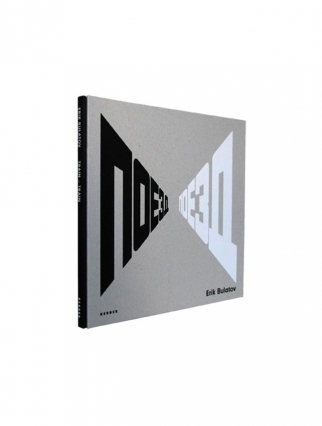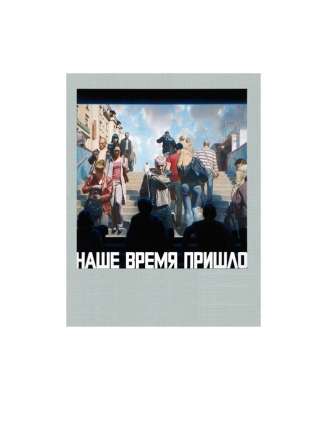ERIK BULATOV - OUR TIME HAS COME
at ARNDT Berlin
8 March - 13 April 2013
ARNDT Berlin is pleased to present 'Our time has come', an exhibition of works by Erik Bulatov (born 1933 in Sverdlovsk, Russia). Please note that ARNDT Berlin is also showing works by William Cordova (born 1971 in Lima, Peru).
Erik Bulatov numbers among a small but significant group of Russian artists who, at a remove from the governmental regulations of the Soviet art system, attained completely independent forms of artistic expression. In honour of the artist’s 80th birthday, ARNDT is pleased to present a selection of his works from 1966 to 2010.
Bulatov’s drawings and paintings have an extraordinary coherence. His unique, stringent pictorial system was first expressed in his word pictures of the 1970s, where he analyzed the interplay of contrasting symbolic systems, such as language and images or abstraction and illusion – a theme he is still concerned with today. The meaning of his work and the symbolic codes he uses are products of his cultural background. Bulatov lived most of his life in Russia, only moving to Paris in 1991, and the emblems and typography of socialist glorification are unmistakable themes throughout his oeuvre. He attended the Moscow School of Painting, Sculpture and Architecture and then the Surikov Art Institute between 1947 and 1958, but only fully developed his visual repertoire within the sphere of unofficial art and was almost entirely unexposed to new international artistic trends. Despite difficult working conditions, Bulatov did not emigrate, but continued to develop his work in Russia until the collapse of the Soviet Union, when he moved to France.
Bulatov’s paintings can be situated in the realm of political art, despite their lack of unequivocal political or ideological messages. His particular modes of artistic expression are bound to a particular time and place, while also giving rise to multiple visual associations. It is characteristic of Bulatov’s manner of political commentary that he subversively unites opposing impulses. His paintings leave the viewer undecided as to whether this is a relieved or a yearning look into the past and the defunct communist system. Bulatov can therefore be seen as one of the most important living artists from Russia and Eastern Europe.
Erik Bulatov’s works have appeared in nearly every important exhibition on 20th century Russian art, including “RUSSIA!” at the Guggenheim Museums in New York (2005) and Bilbao (2006), and “Berlin-Moscow / Moscow-Berlin 1950–2000”, Tretyakow-Galerie, Moskau (2003), and Martin-Gropius-Bau, Berlin (2004), or „Traumfabrik Kommunismus. Die visuelle Kultur der Stalinzeit“, Schirn Kunsthalle, Frankfurt / Main (2003). He was also featured at the 43rd Venice Biennale (1988) and the Third Moscow Biennale (2009). His solo exhibitions have appeared at mamco – Musee d’art moderne et contemporain in Geneva (2009/2010) and at the Musée d’Art Moderne de la Ville de Paris (2007), at the Kestnergesellschaft, Hannover (2006), and the Tretyakow-Galerie, Moskau (2003 and 2006). The Nouveau Musée National de Monaco will honour the artist with a retrospective from June to October 2013.









